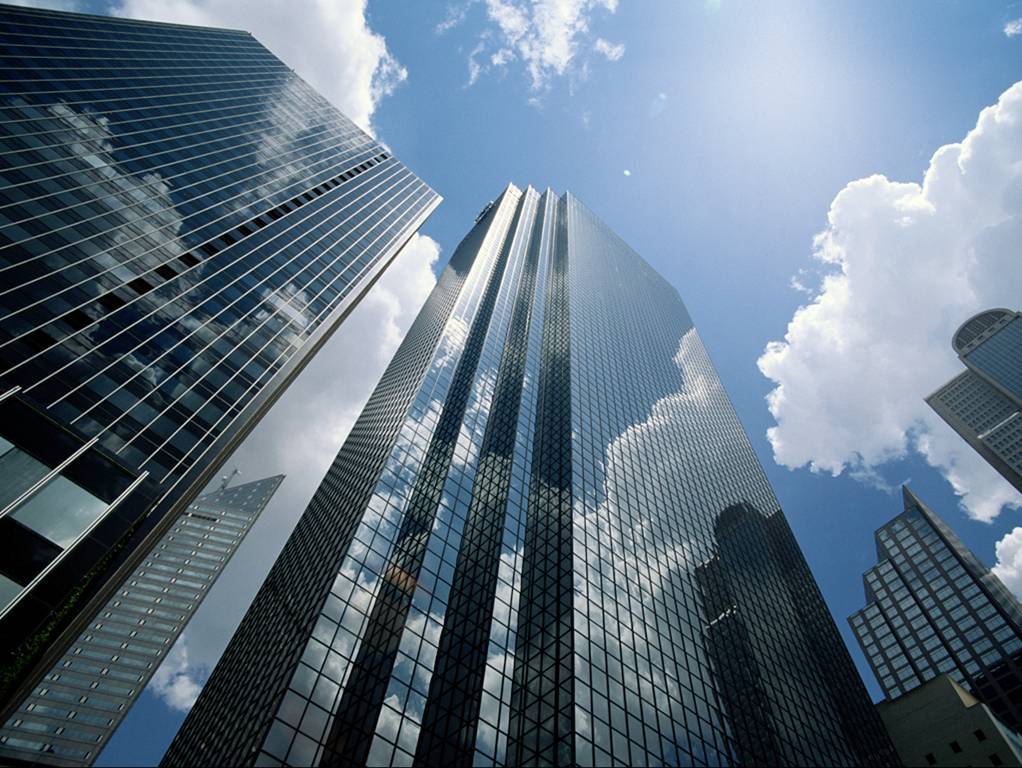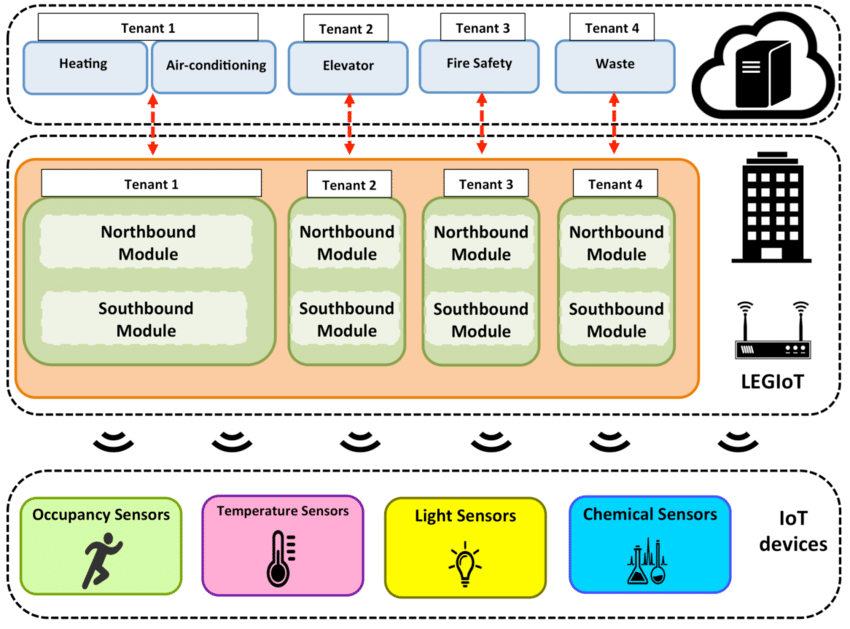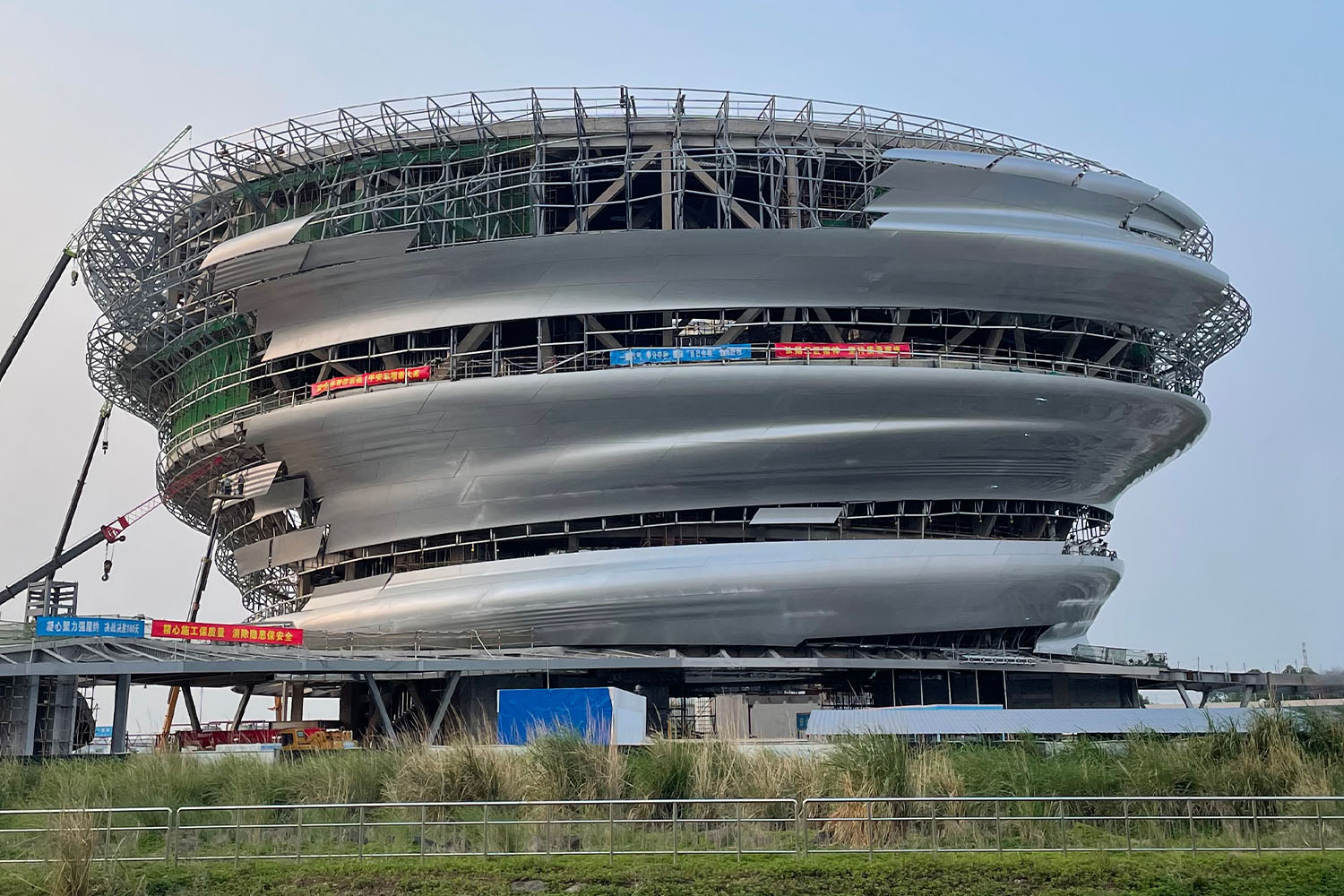The year 2024 has witnessed a paradigm shift in the world of skyscraper construction, with sustainability taking center stage in the race to build ever-taller structures. As climate change concerns intensify and urban populations continue to grow, architects and developers are pushing the boundaries of sustainable design in high-rise buildings. This year has seen the completion and commencement of several groundbreaking projects that are not just reaching for the sky, but doing so with minimal environmental impact.
The Carbon-Neutral Imperative
According to the World Green Building Council, buildings and construction account for 39% of global carbon emissions. In response to this stark reality, 2024 has seen a surge in commitments from major cities and developers to achieve carbon neutrality in new skyscraper projects.
Data from the Council on Tall Buildings and Urban Habitat (CTBUH) shows that 40% of skyscrapers over 300 meters tall that broke ground in 2024 have been designed with carbon neutrality as a primary goal, compared to just 5% in 2020.
Key Technologies Driving Sustainable Skyscrapers
- Advanced Materials
The use of low-carbon and carbon-sequestering materials has become widespread in 2024.
Case Study: The Singapore Green Tower
Completed in August 2024, this 320-meter tall skyscraper utilized a new type of carbon-negative concrete developed by researchers at Nanyang Technological University. This material, which incorporates recycled industrial waste and novel CO2-absorbing compounds, is estimated to have offset 15,000 tons of CO2 during construction.
- Energy Generation and Storage
Integrating renewable energy systems directly into skyscraper design has become a standard practice.
Example: The Chicago Solar Spire
This 400-meter tall building, which broke ground in March 2024, features a facade made entirely of high-efficiency photovoltaic glass. Combined with wind turbines integrated into its upper floors, the building is projected to generate 110% of its own energy needs, feeding excess power back into the city grid.
- AI-Driven Energy Management
Artificial Intelligence has become crucial in optimizing energy use in these complex structures.
The New York Smart Tower, completed in June 2024, employs an AI system that predicts and manages energy consumption based on occupancy patterns, weather forecasts, and real-time energy prices. Early data suggests a 35% reduction in energy consumption compared to similarly sized conventional buildings.
- Vertical Forests and Urban Agriculture
Incorporating extensive greenery and food production into skyscrapers has moved beyond novelty to become a key sustainability feature.
The Milan Bosco Verticale 2.0, an expansion of the original project, was completed in October 2024. This 280-meter tall residential tower hosts over 10,000 trees and 100,000 plants, effectively creating a vertical forest that absorbs 50 tons of CO2 annually.
- Water Management and Harvesting
Innovative water systems are being integrated to reduce consumption and harvest rainwater.
The Dubai Water Tower, unveiled in December 2024, features a unique exoskeleton designed to capture and channel rainwater and atmospheric moisture. This system, combined with advanced water recycling technologies, reduces the building’s water consumption by 80% compared to conventional skyscrapers in the region.
Global Initiatives and Policies
The push for sustainable skyscrapers in 2024 has been bolstered by new policies and global initiatives:
- The C40 Cities Climate Leadership Group launched the “Vertical Green Cities” initiative in March 2024, committing 30 major global cities to mandate carbon-neutral design for all new skyscrapers by 2030.
- The European Union introduced the “Sky-High Sustainability Directive” in June 2024, setting stringent carbon neutrality standards for buildings over 150 meters tall.
- China’s 14th Five-Year Plan, released in early 2024, included specific targets for sustainable skyscraper construction, aiming to make 50% of new supertall buildings carbon-neutral by 2028.
Economic Implications
The shift towards sustainable skyscrapers has had significant economic impacts:
- Job Creation: The sustainable skyscraper sector created an estimated 250,000 new jobs globally in 2024, according to the International Labour Organization.
- Green Building Materials Market: The market for sustainable building materials used in high-rise construction grew by 28% in 2024, reaching a value of $95 billion.
- Energy Savings: A report by McKinsey & Company projects that if all new skyscrapers built between 2024 and 2030 adopted current best practices in sustainable design, it would result in energy cost savings of $18 billion annually by 2030.
Challenges and Controversies
Despite the progress, the push for sustainable skyscrapers faces several challenges:
- Cost Concerns: The initial costs of sustainable technologies and materials remain high, though they are offset by long-term savings.
- Technical Challenges: Implementing complex sustainable systems in supertall structures presents ongoing engineering challenges.
- Embodied Carbon: Critics argue that the carbon emitted during the construction phase of these massive structures undermines their sustainability claims.
- Urban Planning Debates: Some urban planners contend that the focus should be on medium-rise, high-density developments rather than singular tall structures.
Future Outlook
As we look beyond 2024, several trends are shaping the future of sustainable skyscrapers:
- Timber Skyscrapers: Advancements in mass timber technology are paving the way for wooden skyscrapers. The 40-story Timber Tower in Vancouver, set to break ground in 2025, aims to be the world’s tallest timber structure.
- Energy-Positive Buildings: The next frontier is buildings that produce more energy than they consume. The Copenhagen Energy Tower, planned for 2026, aims to be the first supertall structure to achieve this feat.
- Climate-Adaptive Design: Future skyscrapers will be designed to adapt to changing climate conditions over their lifespan. The Miami Resilience Tower, in planning stages in 2024, incorporates features to withstand sea-level rise and increased hurricane activity predicted for the next 100 years.
- Circular Economy Integration: The concept of designing skyscrapers for eventual disassembly and material reuse is gaining traction. The Amsterdam Circle Tower, set to begin construction in late 2025, is being designed with 90% recyclable or reusable components.
- Skyscrapers as Ecosystem Service Providers: Future designs may see skyscrapers playing active roles in urban ecology, such as air purification, biodiversity support, and even weather modification.
Conclusion
The year 2024 has marked a turning point in the history of skyscraper construction. The race for height has been transformed into a race for sustainability, with carbon neutrality becoming the new benchmark of achievement. These sustainable supertalls are not just reshaping skylines; they are redefining our approach to urban development in the face of climate change.
As cities continue to grow vertically, the innovations pioneered in these cutting-edge structures will likely trickle down to all levels of construction, potentially revolutionizing the entire building industry. The sustainable skyscrapers of 2024 stand as beacons of progress, demonstrating that with the right combination of technology, policy, and design, our urban futures can be both spectacular and sustainable.
The challenge now lies in scaling these solutions, making them economically viable for wider adoption, and ensuring that the benefits of these advanced buildings extend to all urban dwellers, not just the elite. As we move forward, the success of sustainable skyscrapers will be measured not just in meters of height or tons of carbon offset, but in their ability to create livable, equitable, and resilient urban environments for the cities of tomorrow.



